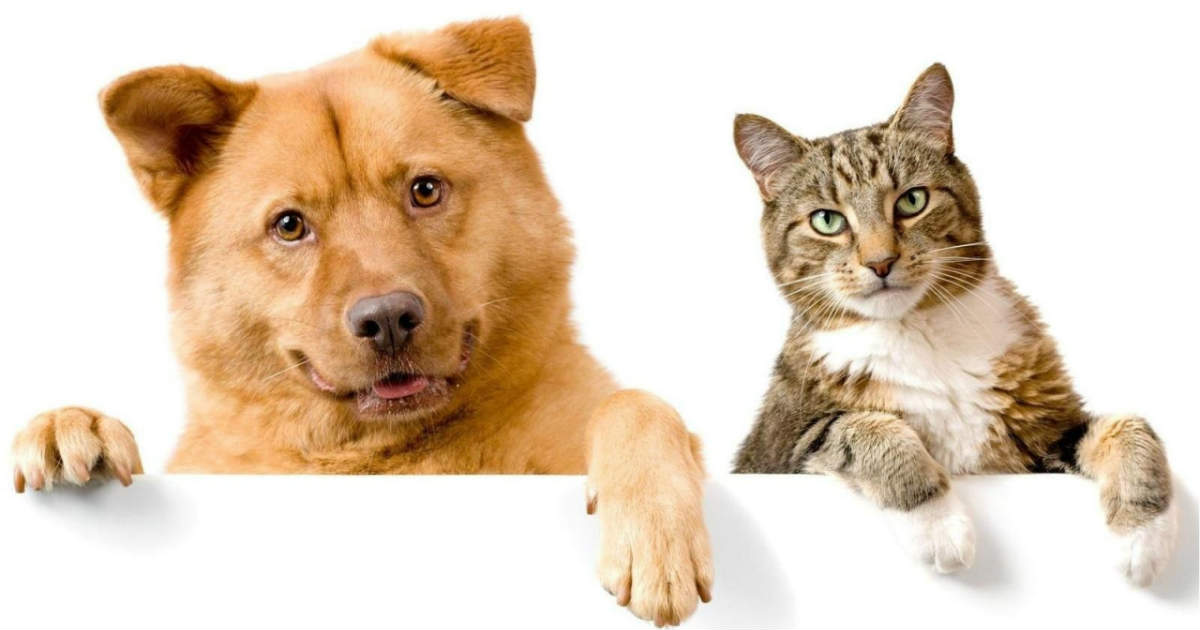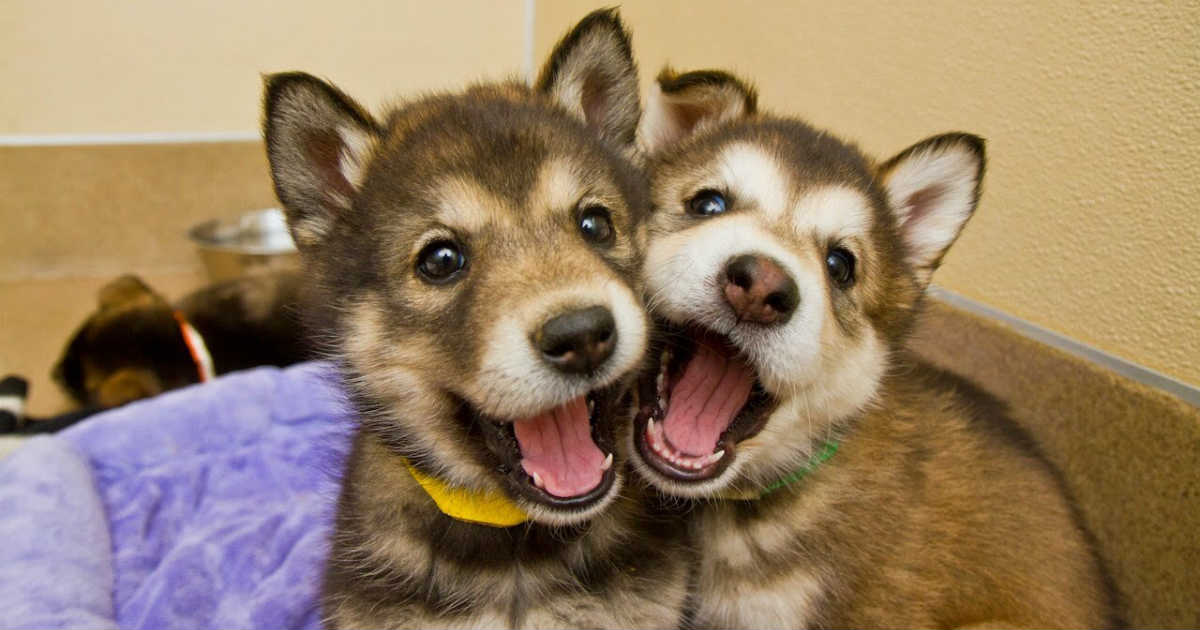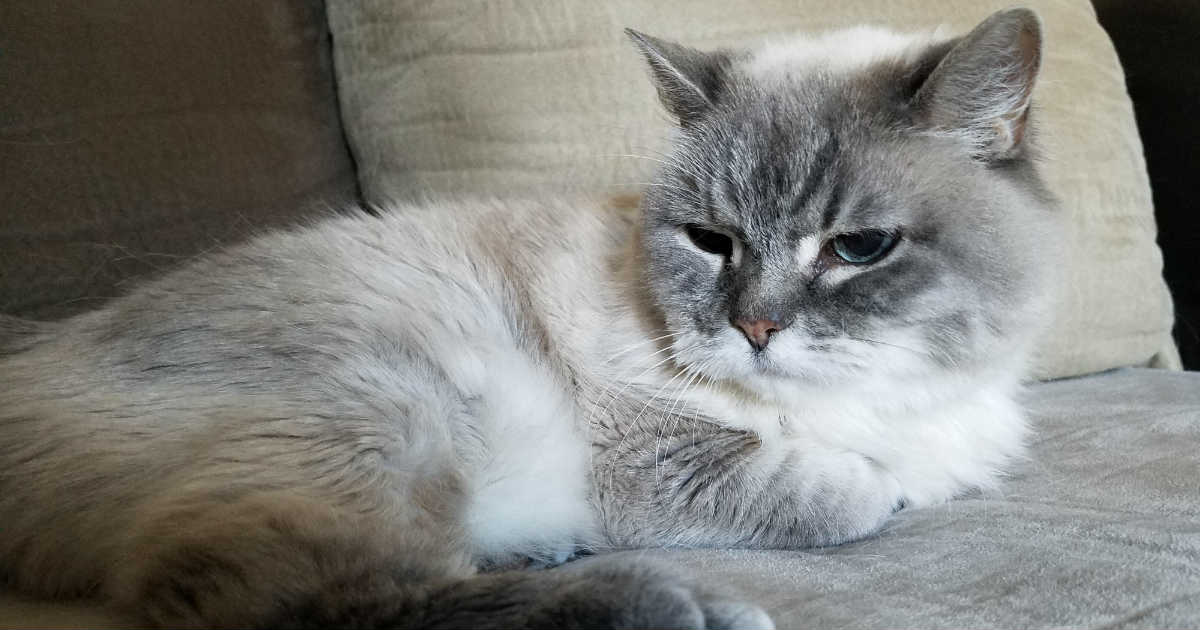Check out some fun facts about pet ownership in Australia that you probably did not know of.
- How many pets are there in Australia? Australia has one of the highest rates of pet ownership in the world. About 63% of Australian households own pets.
- There are an estimated more than 25 million pets in Australia.
- Dogs are the most common pet, with 39% of households owning a dog.
- There are estimated to be 4.2 million pet dogs in Australia; 19 dogs for every 100 people.
- Cats are the second most common pet, with 29% of households owning a cat.
- There are estimated to be 3.3 million pet cats in Australia; 15 cats for every 100 people.
- In 2009 the total number of pet birds was approximately 8.1 million and in addition there were about 1.06 million other pets, including companion horses, rabbits, guinea pigs, reptiles and other small mammals.
- The pet population breakdown across the states and territories mirrors the country’s population distribution. New South Wales and Victoria account for 60% of all pets in Australia, and 59% of the country’s human population.
- More than 1.1 million Australian households (14.9%) are planning to get a pet in the next 12 months. Pets were a normal part of childhood for more than 83% of Australians. Of the Australians who do not currently own a pet, 53% would like to do so in the future.
- Cageless pet boarding, dog boarding, pet nanny, dog kennel, dog sitting, cat sitting, pet training school and other pet care services are among the most popular services Australian pet owners are looking for their pets.
What breeds of dogs can be brought into Australia?
The following pure breeds cannot be imported into Australia under the legislation of the Department of Immigration and Border Protection:
- Dogo Argentino
- Fila Brasileiro
- Japanese Tosa
- Pit Bull Terrier or American Pit Bull
- Perro de Presa Canario or Presa Canario
Domestic/non domestic hybrids (e.g. dog-wolf crosses) are also prohibited. This includes, but not limited to:
- Czechoslovakian wolfdog or Czechoslovakian Vlcak
- Saarloos wolfdog or Saarloos wolfhound
- Lupo Italiano or Italian wolfdog
- Kunming wolfdog or Kunming dog.
What breeds of cats can be brought into Australia?
Domestic/non domestic hybrids cannot be imported to Australia in accordance with the Environment Protection and Biodiversity Conservation Act 1999. Hybrid cats include, but are not limited to:
- Savannah cat, domestic cat (Felis catus) crossed with serval cat (Felis serval)
- Safari cat, domestic cat crossed with Geoffroy cat (Oncifelis geoffroyi)
- Chausie, domestic cat crossed with Jungle cat (Felis chaus)
- Bengal cat, domestic cat crossed with Asian leopard cat (Prionailurus bengalensis).
10 steps to take before bringing your dog or cat in to Australia
Step 1 – Decide when you want your dog or cat to fly to Australia. More than 18 months? Do nothing. Between 7 months and 18 months? Start the rabies work. Less than 7 months? Start the rabies work very urgently.
Most pets in the UK are not routinely vaccinated against rabies, so we have assumed this for the rules below. Dogs and cats travelling to Australia need to have a rabies vaccine at least 7 months before they travel to Australia, then around 3-4 weeks after this they will then need a rabies blood sample or Rabies Neutralising Antibody Titre Test (RNATT). This determines if your dog or cat has made enough antibodies to keep them safe from picking up rabies. Your dog or cat is not allowed to enter Australia until at least 180 days after the rabies blood sample. The idea being that if they made antibodies because they actually had rabies, then it would have shown itself by now!
Step 2 – With the RNATT in your hand, you can apply for an import permit. A UK government vet (Official Veterinarian) will need to fill out an RNATT declaration. The vet looks at the rabies serology certificate, as well as any rabies vaccination history, and then is able to fill out the RNATT declaration, sign it and stamp it with an official UK government stamp. Just bear in mind that most of the time, vets will charge you to complete the RNATT declaration.
Step 3 – Apply for the import permit. In order to allow your dog or cat to be allowed into Australia, the Australian quarantine department will issue an import permit. In order to get one of these, you will need the following details: Name and address in the UK, name/address and Australian phone numbers in Australia, your pet's name, pet's date of birth and chip details, the copy of the rabies serology certificate (RNATT certificate) and the actual RNATT declaration. You apply and pay for the permit at the www.agriculture.gov.au website and off you go.
Step 4 – Decide on an actual flight date and then liaise with a pet shipper or airline to get your pet's flight to Australia booked. With your import permit in hand, you then need to get a quarantine space booked in Melbourne. Once quarantine is booked, you then need to pay for the 10 day stay in quarantine in order to confirm the booking. You can find more details about quarantine here.
Step 5 – So, you've done the first stages of getting your pet ready to fly to Australia and, depending on how organised you have been, now is chance for a bit of downtime to organise all the other things you need to arrange for your move. If you've been organised, then you need to race on with the next sections!
Step 6 – Day 52-43 before the flight. These days just work, but they need to be at least 21 days before the next vet appointment. This appointment is only if you have dogs flying to Australia and is the appointment for your vets to have a look at your dog, examine them for ticks and apply a long acting anti-tick treatment. You need to be quite careful about what tick treatment your vet uses as the Australians only accept certain ones which kill the ticks before they bite the dog. This appointment is also a great chance to check the vaccination status of your dogs. An entry requirement to Australia is for them to be fully vaccinated against Leptospira and so if your dogs are not, then at this appointment your vets can do the first of 2 Lepto vaccines to get you all back on track. At this time, the DEFRA export paperwork need to be applied for. You need to
Step 7 - Day 30-22 before the flight date. Big day! This is the date that the dogs need to have blood samples to check that they are not carrying any odd diseases with them into Australia. All dogs need to have blood taken to check for Ehrlichia or Leishmania and if they have NOT been neutered then they need blood samples for Brucella as well. At this point, dogs will need another tick treatment, an internal worming treatment and your vets need to check they have not got any ticks on them. If your dog needs a second Lepto vaccine, then this is the day to do this. If you have cats, then today is the day for the vets to check they have not got any ticks on them, apply an anti-tick treatment and apply an anti-worm treatment. Preparing a cat to fly to Australia is much simpler.
Step 8 – Final check date. Within 5 days of the flight, your dog or cat needs to be checked to make sure they are fit/healthy and free from signs of infectious or contagious diseases. Your vet needs to fill out the UK export paperwork. Dogs and cats need to have treatment against worms and ticks again at this point.
Step 9 – Head down to the airport and get your dog or cat checking before the travel to Australia.
Step 10 – After your pet flies to Australia and lands in quarantine. The quarantine team will collect them from the airport and settle them in. You will be emailed to say they are safe and well.
General rules of bringing a dog or cat in to Australia
Are there any age restrictions for older animals?
No. An import permit will not be refused based on an animal’s age. Please seek advice from your veterinarian if you’re concerned about their age and how they may handle the journey and quarantine in Australia. Your veterinarian can advise if you need to change their care to prepare them for travel.
Older cats and dogs may be more likely to dehydrate on long flights. Dehydration can have severe adverse effects such as renal failure.
You can provide food and water in the transport crate for the journey to Australia. Discuss the best way to do this with the airline and your veterinarian. Depending on the containers you use, you may need to train your animal to use them before departure (e.g. dripping water dispensers). Any food arriving with your animal will be destroyed in Australia, but it will let them eat and drink en route.
If you’re concerned about how they will handle the trip, arrange for them to arrive in Australia early in the week. This will help staff settle them into their accommodation and, if required, arrange early veterinary attention.
Provide the quarantine facility with any special information they may need to care for your animal.
Can my cat or dog be imported into Australia if he/she has a medical condition?
Yes, provided the animal meets all Australian import conditions. Discuss your pet’s ability to cope with travel and quarantine with their veterinarian before deciding to send them to Australia.
You must inform the department if your cat or dog has any medical conditions when you apply for an import permit. The veterinary medical form must be completed by your veterinarian and submitted with the import permit application.
If your cat or dog has been diagnosed with a medical condition after the import permit has been granted, please notify the department as soon as possible. This will ensure that the welfare and medical requirements of your pet are met while in our care. Additional fees may be charged if your pet requires a higher level of care.
How long will it take for me to get my cat or dog’s import permit?
It can take up to 20 business days. The department processes each application as soon as possible from the date of submission.
But if your application is incomplete, processing will be delayed until the department receives all required information.
Do I need to use a pet transport agent when I import my cat or dog?
No, but the department encourages importers to use a pet transport agent as it may be simpler and more effective than undertaking the process yourself. You can find a pet transport agent/pet shipper by entering the terms “import dog to Australia” or “import cat to Australia” into a search engine, or visiting the Pet and Animal Transportation Association (IPATA) website.
The department is impartial and cannot recommend one agent over another.
How much will it cost to import my cat or dog to Australia?
See cat and dog import permit application fees and government animal quarantine station fees. The minimum cost to import one cat or dog that undergoes the minimum 10 days quarantine will be $2000.
There may be additional fees if the cat or dog needs extra parasite treatments, veterinary care, an extended stay in quarantine or other services. There are also transport costs charged by the airline that the department has no control over.
Fees are subject to change. It is the responsibility of clients to check our website for information on updates or amendments to fees, policies and procedures.
Partial payment for your animal’s quarantine accommodation is due at the time of booking.
Where can I get further information?
If you have read the information on our website and have further questions which have not been addressed, you can contact the Department of the Environment and Energy via









